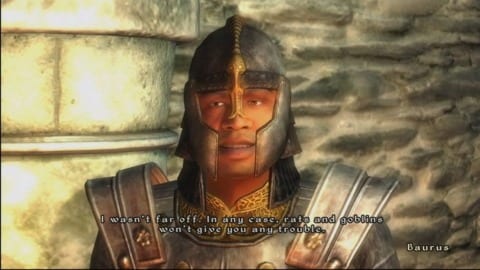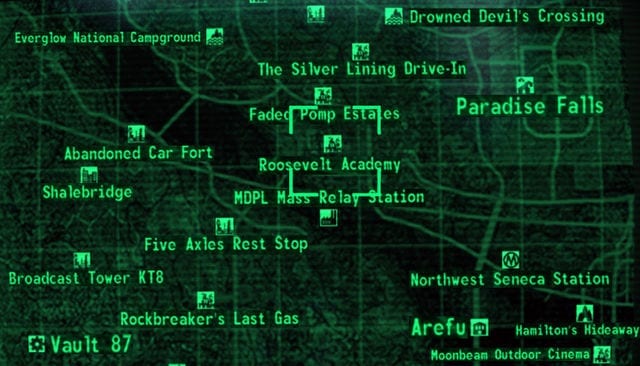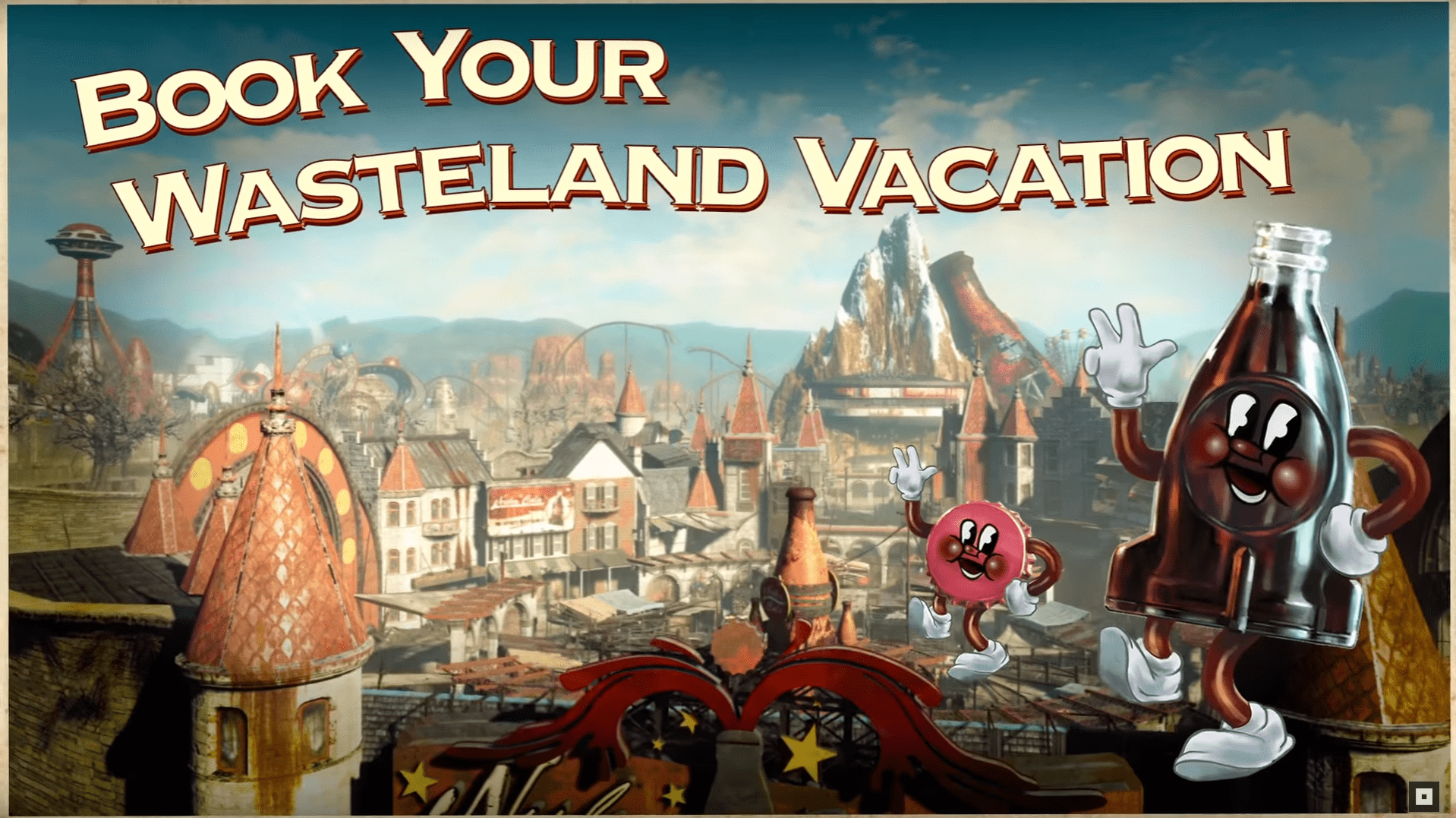Great Expansions: Bethesda Edition
Can you hear the Geiger counter going “tick-tick-tickety?” Cause there is a ton of fallout from the recent launch of Fallout 76. The online-only survival title has generated controversy over the basic concept, the lack of NPC interactions, stability issues, game-play balance, and end-game viability. Add to that the recent scandal over a collector’s edition bag, and Bethesda is in a bad way with its fans.
I’ve enjoyed Fallout 76 tremendously. There are aspects of it that are definitely worth highlighting. The micro-transaction system is unobtrusive and, so far, it’s easy to earn the currency in-game. Playing Fallout with friends is incredible. I’ve put in about twenty-hours and have never had more fun with a co-op experience. There are fixes that need made, and Bethesda has done a decent job of communicating that to fans. But will the game actually improve? Online games like World of Warcraft and Fortnite improved tremendously as they grew, and rewarded players for their time and investment with hundreds of hours of content. Can Fallout 76 do the same?
We’ll see.
But Bethesda has a track record for improving their games. A few months ago Handsome Phantom hashed out our favorite expansions from Blizzard. Bethesda’s expansions frequently improve the base game in critical ways. So, today we’re going to celebrate those times when Bethesda has shown the ability to respond to fans, and hope that the same will be true of Fallout 76.
Shivering Isles
The Elder Scrolls IV: Oblivion was Bethesda’s first launch on the Xbox 360/PS3 generation. The game featured the incredible voice talents of Patrick Stewart and Sean Bean. For an entire generation of players, this was their introduction to the Elder Scrolls franchise and Bethesda’s unique style of world building and storytelling. The game had its own legendary controversies, *insert trite, lame horse armor joke from 2006*, but is a classic RPG.

*Baurus stares back with no response. A goblin is frozen in time behind him. Baurus has seen into the void, and knows what waits beyond.*
The vanilla game was little bit too…vanilla. Oblivion was Bethesda’s follow up to their first console title, The Elder Scrolls III: Morrowind. In comparison, Oblivion seems like a pretty traditional fantasy experience, that lacked a lot of the quirk and unique aesthetic of Morrowind. And then Todd Howard and the team invited players to the Shivering Isles.
This expansion begins with one of the most iconic opening sequences in gaming. After an interview with Haskill, a polite but mysterious butler-type, the dark, gloomy room the player is in dissolves into hundreds of butterflies. Players then spend dozens of hours exploring the home of Sheogorath, the Deadric Prince of Madness.
The Shivering Isles is fun, visually gorgeous, and adds a ton of flavor to the meat and potatoes of Oblivion’s base game. The content definitely improves on the experience. Upon discovering Sheogorath again in Skyrim, it was like seeing an old friend, and I couldn’t wait to discuss the finer points of cheese with them.
Broken Steel
Shivering Isles improved Oblivion, but Broken Steel fixed Fallout 3. Bethesda revived a dead franchise with a soft reboot that hearkened back to some of the most iconic aspects of the original series, while trying to expand into new directions. This is known as an Abrams Maneuver, and can be exceptionally tricky to pull off.
In the end, Fallout 3 ended up being a stellar experience. Exploring the ruins of DC is dangerous, fun, and just realistic enough to help fans get around the Capital. Tenleytown is northwest, Arlington is south west, and Georgetown is overrated, overpriced, and full of mutants. But the game had its flaws, with one of the biggest being the hard stop at the end of the game. The credits roll and the game is over. Like, done, back at the starting menu. Players who want to continue exploring the Capital Wasteland have to boot up an old save.

Broken Steel came out and finally let players continue to wander. Epilogue content wrapped up the story of the sinister Enclave, and gave players a sense of how the story would continue to evolve. Which is great, since Fallout 4 offers very little or vague connections to its predecessor. Putting a cap on the experience really hobbled the enjoyment of Bethesda’s world, and is a problem the spin-off, Fallout: New Vegas, still has. Fallout 3 had an incredible suite of DLC that added to the game in meaningful ways, but none of them addressed as major of an issue as a complete lack of end-game potential.
Nuka-World
Fallout 4’s Nuka-World expansion fixed several issues with the base game. The Commonwealth Wasteland presented Bethesda’s most believable region yet. Instead of the couple hospitals and police stations and schools in Fallout 3, the map had a dozen of everything. This made towns feel more real, and the whole region seem lived in. However, not every house had a bathroom, and that’s kind of weird. While this sense of place improved in Fallout 4, the side effect was that these locations could blend together, losing a sense of uniqueness. Nuka-World offered a twisted Disney Land full of memorable locations, each with their own theme and story.

Nuka-World: Leave the kids at home
Nuka-World: Don’t feed the vistors
…It’s a work in progress.
Along those lines, Nuka-World highlights what is typically one of the most enjoyable aspects of a Bethesda game: factions.
Faction-based story-lines often offer the best content in Bethesda’s titles. Joining the ranks of the Dark Brotherhood in Oblivion is an unforgettable experience. Factions help craft player identity, and offer up new avenues for exploring and building the world around the player. Nuka-World’s vibrant and dangerous raider factions were great additions to the Fallout world, and ended this controversial title on an incredibly high note.
These are just three of our favorite Bethesda expansions, but there are so many to choose from, and all of them set a standard for post-launch content that very few developers live up to. Fallout 76 has bugs, it has balance issues. More than most developers, Bethesda has a track record for listening to feedback, and providing players with quality content well after the launch of a game.
So, to Todd Howard and the team at Bethesda, keep fighting the good fight.
Be sure to check out our recent critique of the DualShock 4 and our Platted That! for Assassin’s Creed: Odyssey!

